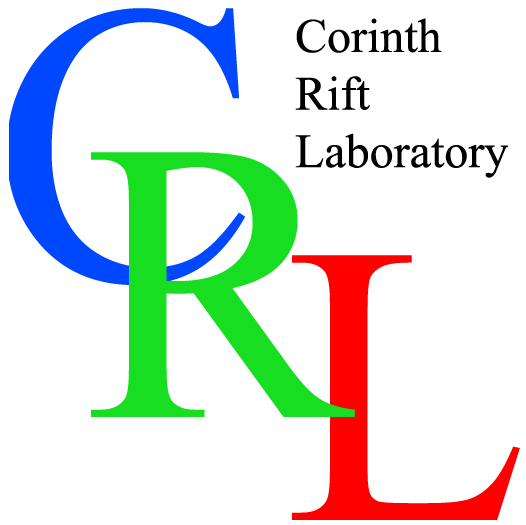Data Contributors


The GNSS stations belonging to INSU/CNRS are maintained through Corinth Rift Laboratory (http://crlab.eu).
Within the framework of Corinth Rift Laboratory European Academic and Private Companies are joining their efforts to investigate fault mechanics, its relationship with earthquakes, fluid flow and the related hazards. The Corinth Rift Laboratory (CRL), in the western part of the rift of Corinth covers an area of about 50km by 40km, between the city of Patras to the west and the city of Aigion to the east. This rift has been long identified as a site of major importance for earthquake studies in Europe, producing one of the highest seismic activities in the Euro-Mediterranean region: five earthquakes of magnitude greater than 5.8 Mw in the last 35 years, 1 to 1.5 cm/year of north–south extension, frequent seismic swarms, and destructive historical earthquakes. Temporary and permanent geophysical and geological observationsare being carried out within this project.

The GNSS stations belonging to National Observatory of Athens (link), are maintained through NOA GPS Project (link to http://www.gein.noa.gr/services/GPS/noa_gps.html)
The monitoring of crustal deformation and its relation to seismicity is one of the new research areas of the National Observatory of Athens. Greece is one of the most active areas in the planet with crustal motions of the order of several cm per year, related to plate movements in the Eastern Mediterranean. Modern survey techniques, including space geodesy, have the sensitivity to detect motions of this magnitude over a few years time and thus can be used to address how Greece is deforming today.